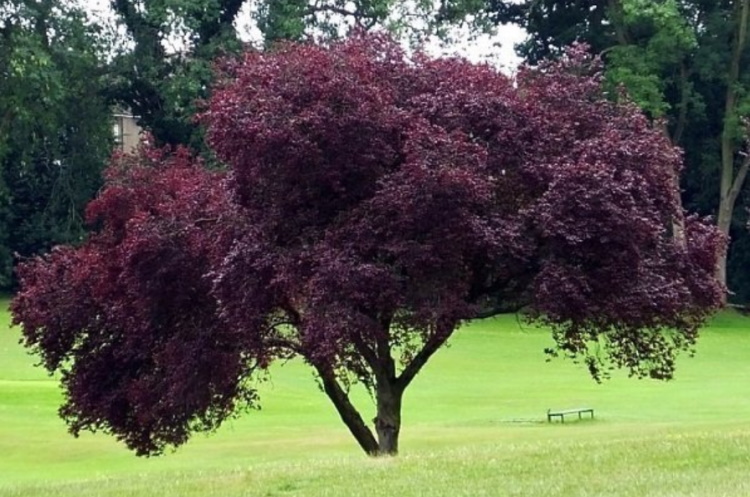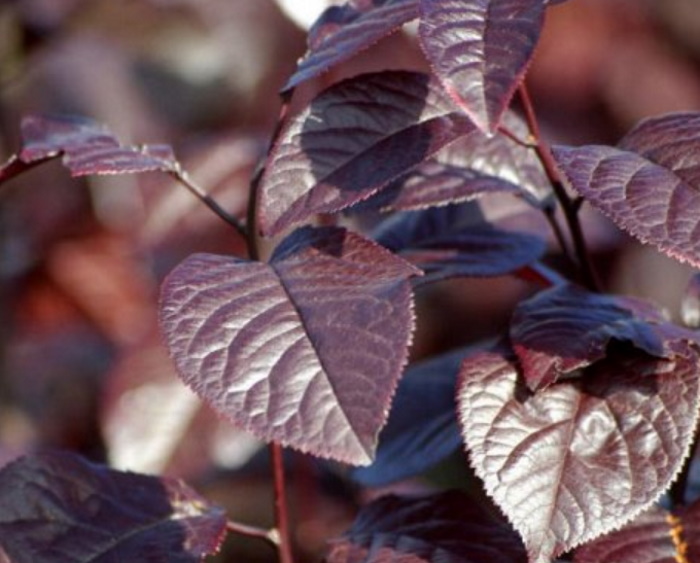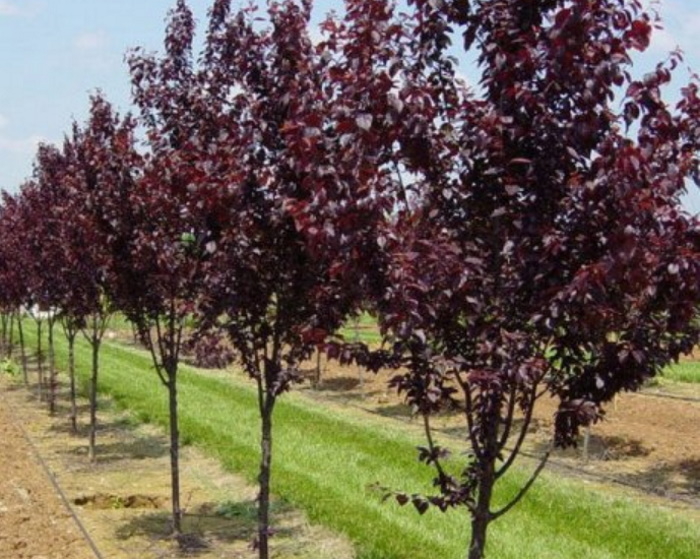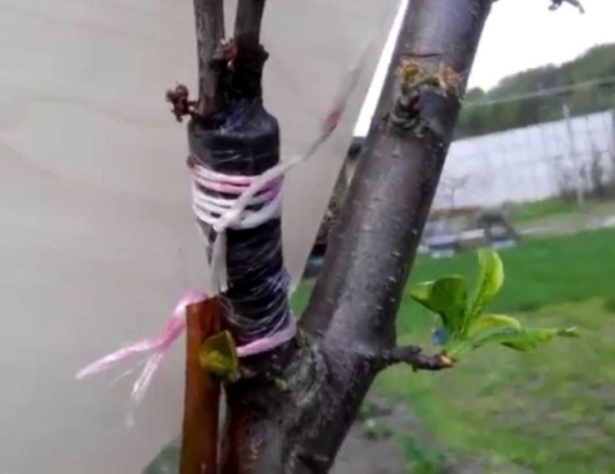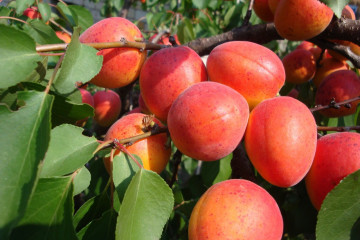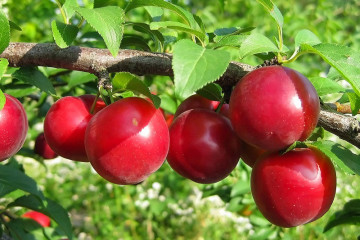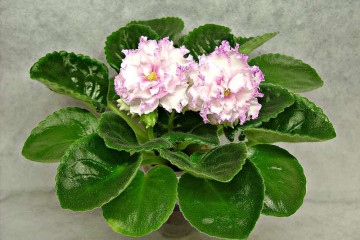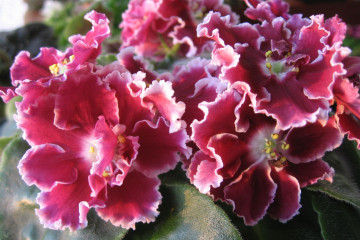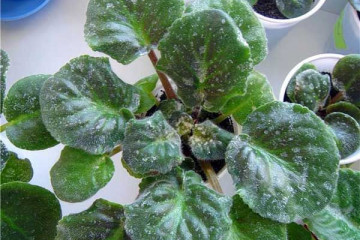Pissardi plum - description and characteristics of the variety
Content:
The effect of plums on the human body is simply priceless. They protect the liver from free radicals, strengthen bones, and cleanse the intestines. They are used as a choleretic and diuretic. Plums contain a lot of potassium, magnesium, iron, vitamins A, C, B, fiber and pectins. It turns out that there are plums that are not only eaten, but are widely used for decorative purposes. This variety is the Pissardi plum.
How did the variety appear
The red-leaved plum owes its distribution to the scientist botanist Pissardi. Some in search of information hammer in the search engine "Pissard plum", forgetting that it is named after its distributor Pissardi, who brought a plum tree in the 18th century from the Islamic Republic of Iran to the European part. Gradually, the culture won the hearts of the inhabitants of all Europe and Russia.
Characteristics and description of the variety
Many designers use the Pissardi plum (Latin for Pissardii) to create landscape compositions. Due to its characteristics, it begins to bloom earlier than other trees and shrubs. The first soft pink buds are pleasing to the eye already in the first month of spring. Behind them, white inflorescences bloom, from which the fruit grows.
Description of the tree
The tree reaches a height of 5-7 meters, but there are real giants reaching 12 meters. Their spreading crown seems to spread the branches, drawing attention to themselves. Therefore, this type is also called the spreading Pissardi plum. She lives and bears fruit for 40-90 years. It depends on the weather conditions of the growing areas.
Many nurseries in Russia are engaged in the cultivation and sale of plums spread wide Nigra on a trunk. The tree grows rapidly, its shoots grow 25 centimeters every year.
Description of the Pissardi plum
The plum tree gives a rich harvest, but the fruits themselves are small, their diameter is only 3 centimeters, they are similar in shape to cherry plum. Plums are tart, sour taste, dark cherry color, with a rather large stone inside.
Flowering and pollination
The beginning of flowering of the variety coincides with the appearance of woods in the first spring month and lasts 30 days until the tree is covered with leaves. Its color fascinates with its beauty and wonderful smell.
The tree needs pollination. For this, its varieties are planted on the site - the Chinese plum, which is distinguished by its unique winter hardiness, or the Hollywood table variety.
Drought resistance and frost resistance
The best regions for draining are those with a temperate climate.Trees tolerate drought well, they are not afraid of heat, but they do not like the proximity of groundwater, the proximity of places with water bodies.
Edible fruit
Although this plum is more related to ornamental trees, its fruits are edible, but their taste is tart with sourness, so not everyone likes it. However, the pulp is rich in micro and macro elements. Compotes are prepared from it, jam is made.
Advantages and disadvantages of the variety
The advantage of the variety is that you can feast on the fruits for several months. The tree does not need any special care, it is unpretentious, easily adapts in adverse conditions, undemanding to frequent watering, easily tolerates drought.
The variety is endowed with good immunity to fungal and other diseases, it can be a decoration of any garden from early spring to late autumn.
The disadvantages of the variety are low frost resistance, the taste of the fruit is not for everybody. The tree does not like drafts and gusty winds. The plant is also demanding on a large space, does not like neighborhoods with other trees, preferring to grow in isolation.
Varieties of varieties
Scientists know 3 types of red-leaved plum:
- Early pissardi - differs in refined shoots that are bright red in color. Her height reaches 7 meters.
- Cistena is a hybrid of the famous Pissardi with Sand Cherry. A tree of short stature, no more than 2 meters, has good frost resistance, is often used in landscape design in the Moscow region and further to the north.
- Pissardi dark purple - of all known subspecies, it is more vulnerable to subzero temperatures than others. Therefore, only the southern regions are suitable for planting it. The tree reaches a height of 6 meters.
Under natural conditions, plum grows in the mountainous regions of Asia, the northern regions of the Caucasus, Abkhazia, Georgia, Adjara and North America.
Planting and caring for a plum tree
The red-leaved plum produces abundant color in early spring and bears fruit well. She is rapidly gaining in growth, but by the 15th year of her life she is significantly weakening. Plum is used both as a fruit crop and for gardening.
Recommended timing
The best time to plant young seedlings is autumn. The September planting helps young house trees to adapt to new living conditions, to take root in the root system. In spring, seedlings are planted early, before the buds begin to swell.
Choosing the right place
The site for planting the Pissardi variety should be well lit by the sun, it is better to place it on the southern side of the garden area so that the shadow of other trees does not fall on it. The soil for planting is chosen loose, fertile, protected from cold gusty winds that can destroy a young plant.
Selection and preparation of planting material
On the basis of TSKhA (Timiryazev Agricultural Academy), samples with average winter hardiness were obtained from seeds taken in natural habitats. Reproduction of culture by seeds reaches 100% germination, the vitality of seedlings without any processing exceeds 50%.
For propagation by cuttings, cut roots with a diameter of one and a half centimeters, removed from an adult plum by one and a half meters, can serve.The roots, cut into 15 centimeter cuttings, are sent for storage in the basement, covered with a peat mixture. In May, they are planted in a greenhouse. After the seedlings get stronger, they are moved to the ground.
Plum planting
Trees should not be planted close to each other, there should be at least 2 meters between them. The deepening for planting seedlings is prepared in advance. It should be 0.5 meters deep and 0.7 meters wide. The bottom of the pit is covered with a mixture of soil and humus.
A seedling planted in a hole is sprinkled with a layer of fertile soil and tamped, having previously dug a stick into the hole, to which a young tree is tied. After planting the seedling, the ground under it is abundantly moistened and mulched.
Watering frequency and fertilization features
Despite its resistance to drought, the tree requires watering 2 times a month. One adult plum consumes several buckets of water, it all depends on soil moisture and weather conditions. In the first year of life, the seedling does not need additional fertilizers.
In the second year of life, in the fall, rotted manure is brought under the tree, the earth is dug up with it. Proportions: a bucket of humus per 2 square meters of land. In the spring, in order to increase the yield and increase the resistance of the crop to diseases, mineral fertilizers with potassium are applied. For better fruit ripening, the tree is fed with urea in the summer.
Pest and disease control
Plum has good immunity and is not susceptible to disease. But she is not immune from the attacks of colonies of fungi, ring moth or green leafworm. To protect the tree from pests, its crown is treated with insecticides.
Pruning branches and overgrowth
All summer, sanitary pruning is carried out, its process is aimed at removing dead wood, damaged twigs, young shoots, which, growing, thicken the crown, preventing sunlight from penetrating to the lower tiers.
Preparing for winter
Given the love of the red-leaved plum for warmth, for the winter it is abundantly moistened, the ground under the tree is mulched, covered with a peat pillow or mowed grass.
And although the taste of the red-leaved plum leaves much to be desired, its role in landscape design is irreplaceable. The bright purple crown of the tree first of all attracts the attention of others.
